Home > Auctions > 23 - 27 May 2023
Ancient Art, Antiquities, Natural History & Coins
Auction Highlights:
From the Oulad Abdoun Basin, Morocco, North Africa.
Collected between 1930 and 1960.
From the collection of the palaeontologist R Gledhill.
Most Mosasaurs had sharp teeth that had evolved to grab slippery prey such as fish. Igdamanosaurus had semi-spherical teeth with rounded points, which were better suited for crushing tough-armoured prey such as turtles, ammonites, nautili, and bivalves.
From Hamar L'Aghdad limestones, Djebel Issomour area, Anti-Atlas Mountains, Morocco.
From a Cambridgeshire, UK, collection.
From the North-East Coast of Madagascar in the jungles of Mahajanga.
Acquired 1950s-1960s.
From an old Bristol, UK, paleontological collection.
UK collection since the 1990s.
Property of a Sussex, UK, teacher.
From the Oulad Abdoun Basin, Morocco, North Africa.
Collected between 1930 and 1960.
From the collection of the palaeontologist R Gledhill.
Most Mosasaurs had sharp teeth that had evolved to grab slippery prey such as fish. Igdamanosaurus had semi-spherical teeth with rounded points, which were better suited for crushing tough-armoured prey such as turtles, ammonites, nautili, and bivalves.
Discovered 1576 A.D., Chaco Province, Argentina.
Ex German dealer 2018.
UK private collection.
See Graham, Bevan and Hutchison ed., Catalogue of Meteorites, Natural History Museum, 1985, p.88, for details of this fall.
A crater field of roughly 26 craters was found in the vicinity of this crater, which is estimated to date to 4-5 thousand years BP. The age of the meteorite itself is thought to be c.4.5 billion years, formed as part of the development of this solar system. The largest two fragments, the 30.8 ton Gancedo and 28.8 ton El Chaco, are among the heaviest meteorite masses ever recovered on Earth. In 1576, the governor of a province in Northern Argentina commissioned the military to search for a large mass of iron, which it was believed local people claimed had fallen from the sky and which they used for their weapon production. The expedition discovered a large mass of metal which was assumed to be an iron mine and brought back a few samples, which were described as being of unusual purity. Following the legends, in 1774 Don Bartolomé Francisco de Maguna rediscovered the iron mass. He himself did not believe that the stone had fallen from the sky and assumed that it had formed by a volcanic eruption. However, he sent the samples to the Royal Society of London. In 1990 it became protected by law.
From Madagascar.
Acquired 1950s-1960s.
From an old Bristol, UK, paleontological collection.
From the Atlas Mountains, Hamar Laghdad Formation, Prgain, Alnif, Morocco, North Africa.
From an old Oxford, UK, fossil and mineral collection.
From Island of Java, indonesia.
Acquired 1950s-1960s.
From an old Bristol, UK, paleontological collection.
Ex private collection of a Shropshire, UK, gentleman, 1990s.
From Xingyi, Guizhou, China.
Acquired 1950s-1960s.
From an old Bristol, UK, paleontological collection.
Keichousaurus was a late-Triassic marine reptile, and a member of the Pleurosaur family, and went extinct 250 million years ago during the Triassic-Jurassic extinction event. They were specialised fish eaters, and were highly unusual amongst marine reptiles in that they gave birth to live young rather than laying eggs.
Mineral Imports, London, UK.
Gregory, Bottley & Lloyd (Gregory's).
2005 - 2016 of 2508 LOTS

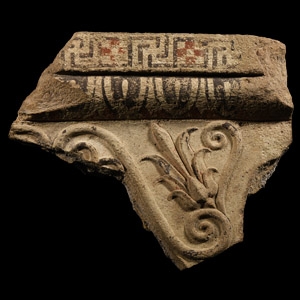
.jpg)


.jpg)
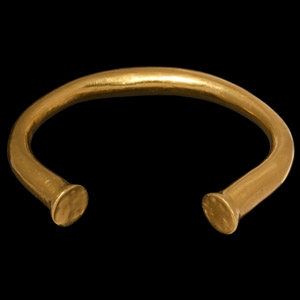
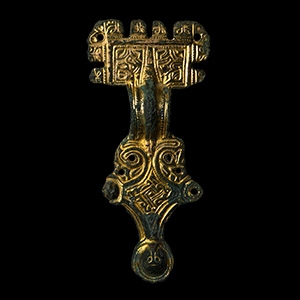

.jpg)


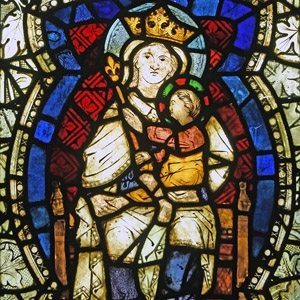
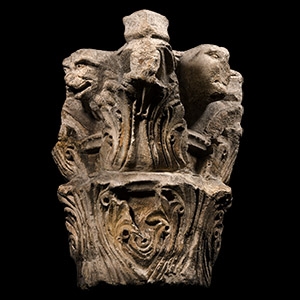
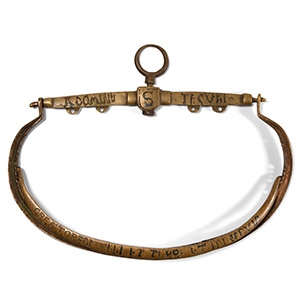
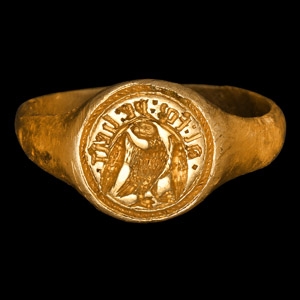
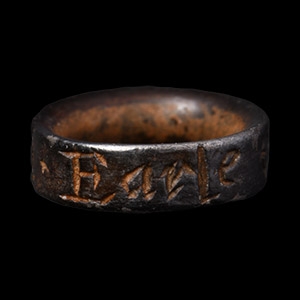
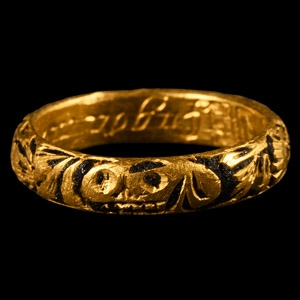
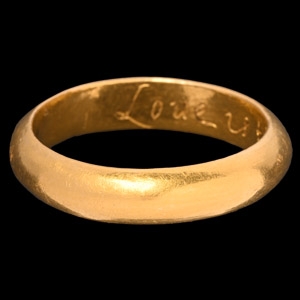
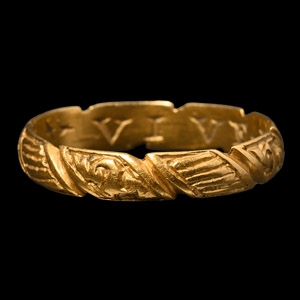
![English Milled Coins - George VI - 1937 - Cased RM Proof Coronation Gold Set [4] English Milled Coins - George VI - 1937 - Cased RM Proof Coronation Gold Set [4]](https://timelineauctions.com/upload/images/items/small/203351-s(2).jpg)


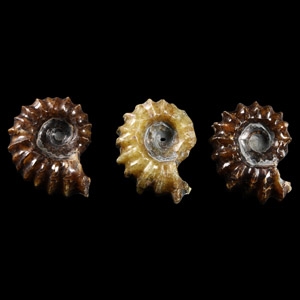
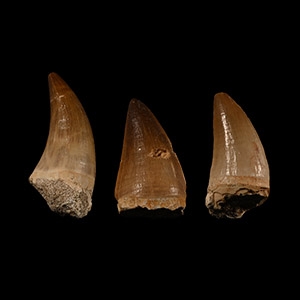

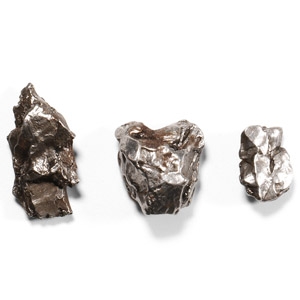

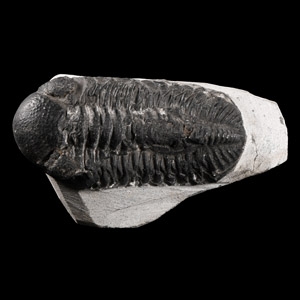
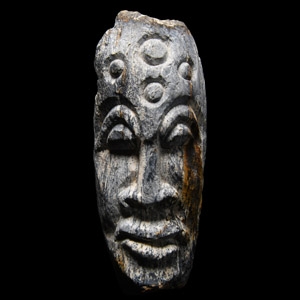
.jpg)
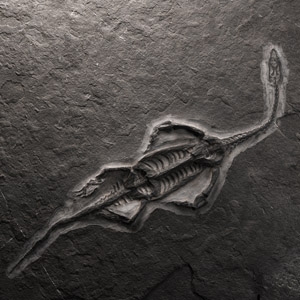
.jpg)



